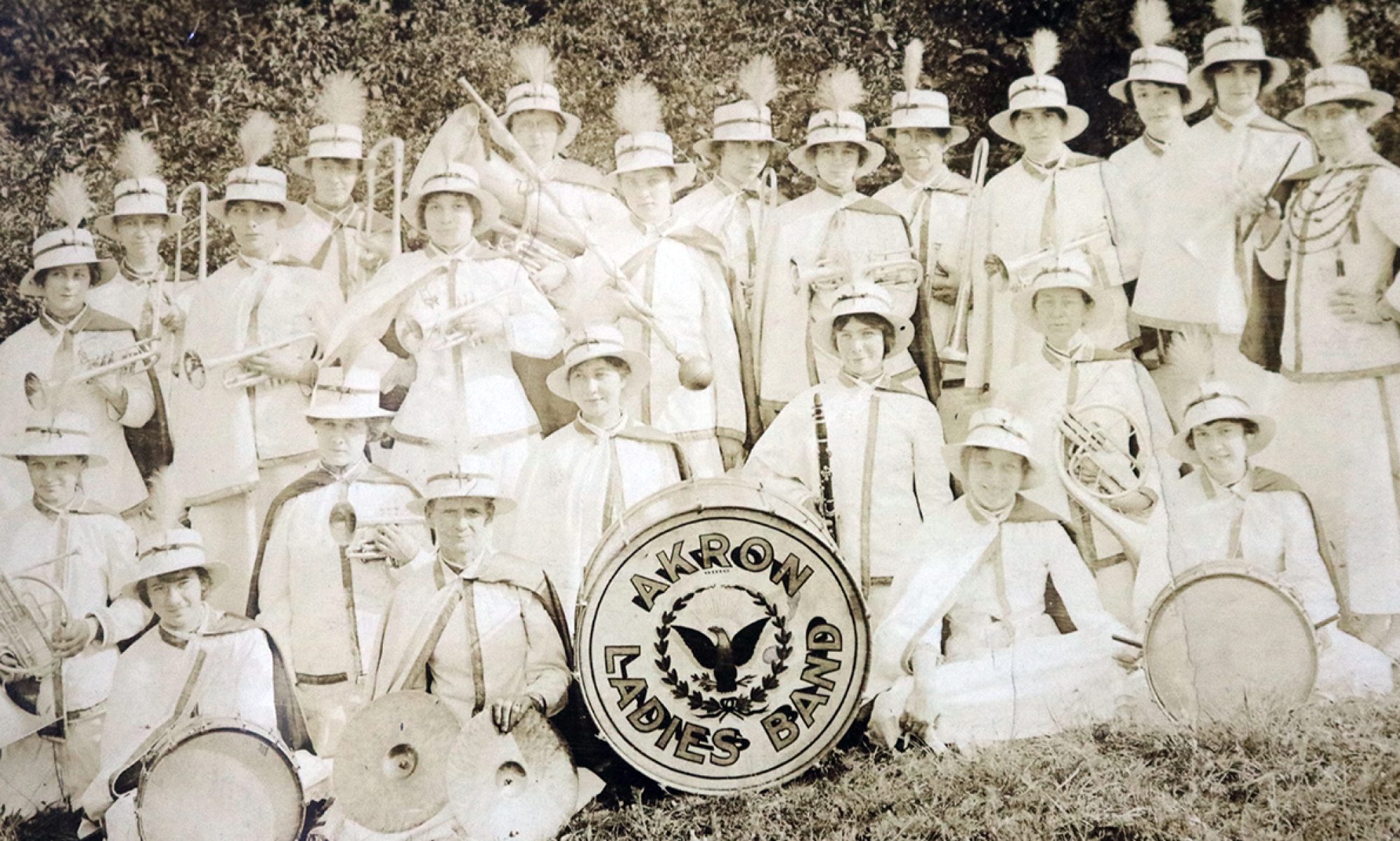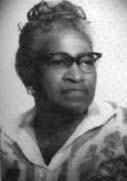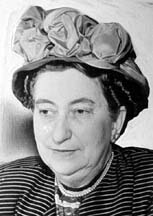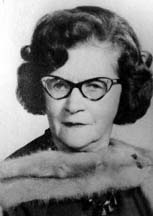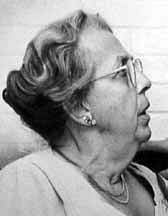
Frances McGovern, grass roots politician, served the citizens of her county and state with a sense of fairness and justice.
Born on April 18, 1927, McGovern has lived all her life in Akron, Ohio. She received her early education at St. Sebastian and Buchtel High School. Interested in economics and law, McGovern graduated from The University of Akron in 1948. She completed the requirements for a law degree the following year at Western Reserve University Law School (now Case-Western Reserve University Law School).
Elected to the Ohio General Assembly in 1954, McGovern was re-elected in 1956 and 1958. During her term as chair of the House Judiciary Committee in 1959, McGovern sponsored numerous bills such as equal pay for equal work and licensing for practical nurses. She helped create the State Building Code Authority and worked to establish a driving offense point system.
Never marrying, McGovern was the first woman appointed to the Ohio Public Utilities Commission in 1960. Outspoken in her beliefs and with a keen sense of fairness, she resigned her position with PUCO in 1963, when fellow workers were fired by the incoming administration.
During her political career, McGovern traveled with Sen. Hubert Humphrey in Barberton and President Lyndon B. Johnson and his wife, Lady Bird, in Akron. McGovern represented Ohio on the National Platform Committee in 1960, and was elected to the Democratic National Convention in 1960 and 1964. Because of her political efforts, she was named the 1960 Ohio Democratic Woman of the Year.
After an unsuccessful bid for a U. S. Congressional seat, McGovern took a job as legal counsel for the Ohio Edison Company in 1965. In 1989, she retired.
McGovern served as president of the United Way from 1986-1988, and as trustee of The University of Akron, 1973-1982. With membership on the Akron Charter Revision Commission, she worked to put the Summit County Charter on the ballot in 1979.
Other nonpartisan causes attracted her involvement, including the “648” Board and the Sagamore Hills Children’s Mental Hospital Advisory Board. McGovern’s most recent involvement includes supporting renovations at The Civic Theater in downtown Akron.
McGovern has published two books. The first is Fun, Cheap, and Easy (2002), in which she chronicles what it was like to be involved in Ohio politics. Her other book is entitled Written on the Hills: the Making of the Akron Landscape (1996).
Called the “darling daughter of the Democrats,” McGovern has also been referred to by John C. Green, director of the Ray C. Bliss Institute of Applied Politics at The University of Akron, as “part pioneer and part exemplar of her era.”
Photo courtesy of the Beacon Journal.
–Penny Fox
